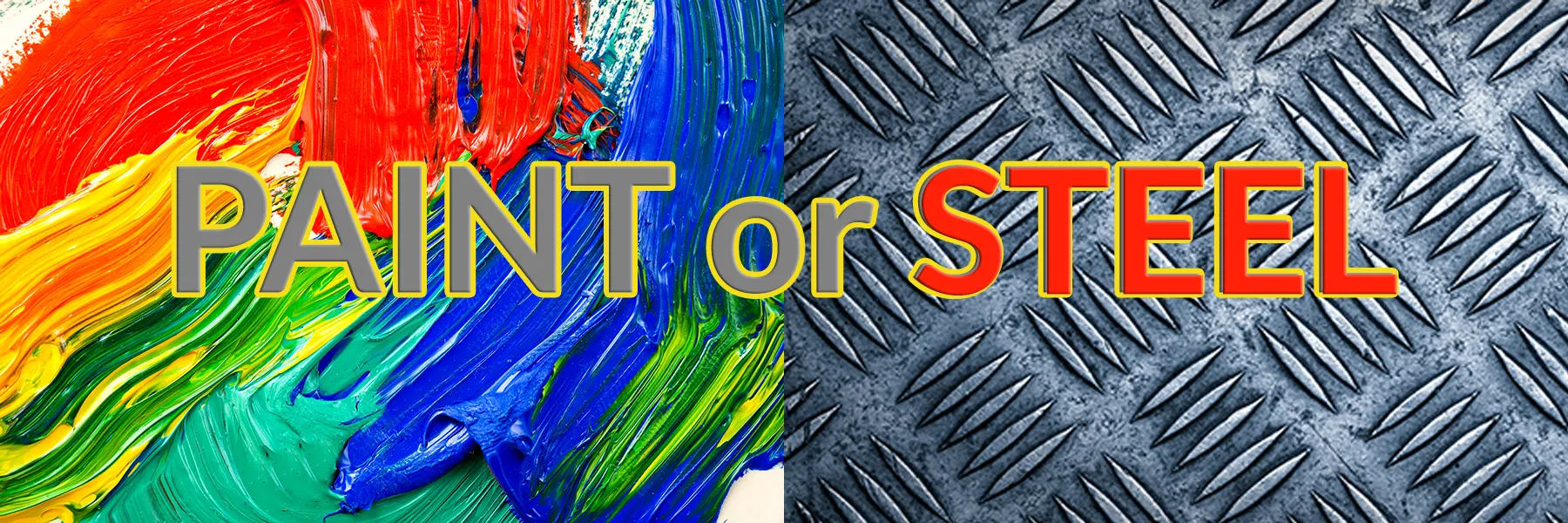STEEL
As we drive down the residential road at 30 or 40 km/h, we see a long line of parked cars filling the entire block to our right- not a perfect line, with several vehicles jutting out a bit into our lane.
PAINT
To our left is that perfectly straight yellow centre line separating us from the illegal head-on traffic, For most drivers, head-ons are considered to be the most significant danger.
PAINT or STEEL?
The yellow paint is easy to follow, being very straight. Plus, it’s thought to be illegal to cross a solid yellow. Or is it?
The parked cars are not moving, apparently safer, but it’s a jagged series of angles, some jutting into our lane.
Many new drivers judge by the yellow line for fear of being wrong, ignoring the constantly changing series of staggered parked cars.
The parked cars will not move.
The head-ons will and can move.
And you can cross the yellow legally if you so choose.
Both are important for judging our pathway, but there is a far more vital position to focus your vision on.
What would that more important focus be?
And what would you pick if you had to move one way or the other?
PAINT or STEEL?
Highway lines
155 (1) Despite anything in this Part, if a highway is marked with
(a) a solid double line, the driver of a vehicle must drive it to the right of the line only,
(b) a double line consisting of a broken line and a solid line,
(i) the driver of a vehicle proceeding along the highway on the side of the broken line must drive the vehicle to the right of the double line, except when passing an overtaken vehicle, and
(ii) the driver of a vehicle proceeding along the highway on the side of the solid line must drive the vehicle to the right of the double line, except only when finishing the passing of an overtaken vehicle, and
(c) one single line, broken or solid, the driver of a vehicle must drive the vehicle to the right of the line, except only when passing an overtaken vehicle.
(2) Subsection (1) (b) (i) and (c) do not apply if a driver is avoiding an obstruction on the highway and first ascertains that the movement can be made with safety and without affecting the travel of any other vehicle.
And would your answer change if the speed was 90 km/h?
Learning To Drive can be one of your life’s most rewarding and joyous learning experiences! Really! It’s like playing a video game where you sit right in the middle of the game while chaos and complexity surround you at every moment! With one big difference! You don’t have multiple lives. PK truly means PK!
| IF YOU FAIL YOUR ICBC DRIVING TEST | RETEST WAIT TIMES ARE |
|---|---|
| 1st FAILED ATTEMPT | 14 DAYS |
| 2nd FAILED ATTEMPT | 30 DAYS |
| 3rd FAILED ATTEMPT | 60 DAYS |





Comments are closed